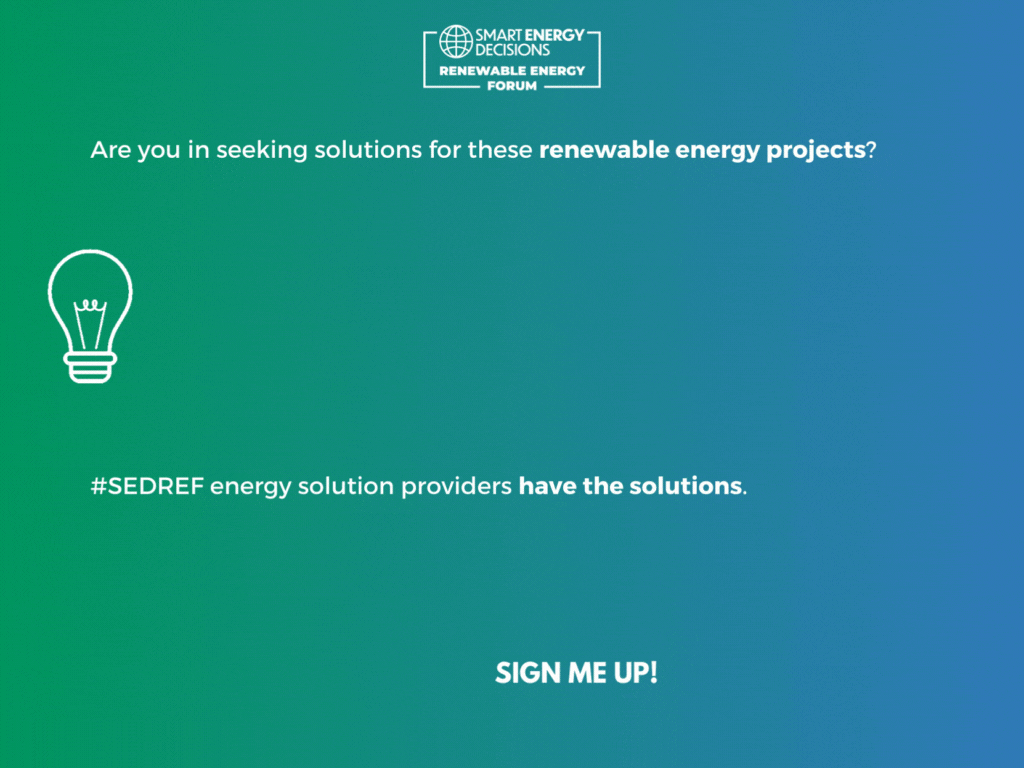Commercial, Demand Management, Energy Efficiency, Industrial - March 1, 2017 - By Scott Tew
3 energy efficiency truths you may have overlooked
Climate change and the quest to lower global greenhouse gas emissions continue to be trending issues around the globe. To help reduce emissions and meet global climate goals, businesses and organizations in the U.S. are altering their approach to consuming energy, and managing energy use is playing a key role. In fact, the recently published Sustainable Energy in America Factbook notes that U.S. GHG emissions continue to plummet and reach new milestones despite uncertainties around the execution of climate policies. As of 2016, the U.S. is nearly halfway to its goal of reducing GHG emissions between 26% and 28% below 2005 levels by 2015.
In addition, the economy as a whole is benefitting from organizations managing their energy demand or reducing their energy footprint. Over the last five years, there has been a 10%improvement in U.S. energy productivity, meaning the U.S. economy is using 10% less energy to power each unit of growth, according to the Sustainable Energy in America Factbook. On an individual business level, there is strong incentive for embarking on the quest toward a green economy. Improved energy management alone can lead to a company's annual energy savings of 2% to 10%, according to Energy Star.
As organizations develop and evolve their energy management strategies, energy efficiency will continue to play a meaningful role, as it is a proven strategy for reducing energy use and lowering emissions. With this in mind, here are the top three “truths” about energy efficiency that businesses may often overlook.
The Most Effective Route to Reducing Costs
Energy efficiency efforts are widely recognized for resulting in overall energy savings, as evidenced by the 2% to 10% figure noted above. However, what many businesses and energy managers may not realize is that energy efficiency is often a low-cost resource. Other strategies, such as implementing renewable energy, aren’t always feasible or economical, which can deter businesses from pursuing them. But recent research suggests that energy efficiency programs are considered the lowest-hanging fruit, with an average cost of less than 6 cents per saved kWh in 87% of all programs. It is important to not underestimate how cost effective an energy efficiency retrofit can be in both the near- and long-term … And even more important not to let these opportunities pass your business by.
But Wait, There’s More
Aside from impressive cost savings, energy efficiency solutions can provide additional benefits to the end user, such as increased comfort and convenience. Linking energy use to technology solutions can give users not only a new degree of automation and precise control over their energy demand, but they are provided far more options for personal comfort, including variable speed air handling.
Traditionally, building heating, ventilation and air conditioning (HVAC) systems aimed to keep the average tenant comfortable, but often left some individuals too hot or too cold. Now, building managers have access to innovative, energy efficient approaches that provide options to customize HVAC settings for individual tenants and comfort, while reducing overall energy usage. In fact, according to Energy Star, the most energy efficient buildings in America use 35% less energy than typical buildings, all without trade-offs in performance or comfort.
Build a Sturdy Foundation
Organizations should remain focused on energy efficiency as a solid strategy for cost and energy demand reductions. Energy efficiency should be the foundation for a company’s energy use strategy and should serve as platform for additional, more complex reduction strategies in the future. Energy efficiency solutions like optimized HVAC and compressed air systems allow businesses and industrial centers to master the fundamentals in tracking their progress and measuring success, as a step in the right direction so that more complex solutions in the future seem less daunting.
Avoid Overlooking Your Options
There is tremendous value in focusing on fundamental energy efficient solutions, as they can lead to more advanced system-level benefits, such as pollution reduction and a reduced need for infrastructure spending. Moreover, energy efficiency solutions can lead to greater options for improved comfort and performance in ways that other strategies cannot, and its low implementation cost helps make it something that businesses can see the greatest benefit from quickly. Organizations of all levels, across all industries, should look at energy efficiency first and foremost as a resource in developing strong energy management strategies, especially when there’s an international effort to reduce GHG emissions.
 W. Scott Tew is the founder and leader of the Center for Energy Efficiency & Sustainability at Ingersoll Rand (CEES), which supports all of the company’s strategic brands – Club Car, Ingersoll Rand, Trane and Thermo King – and is responsible for forward-looking sustainability initiatives. Since the CEES was formed in 2010, Ingersoll Rand has successfully met or exceeded its long-term goals in energy use and waste reduction, while embedding sustainability in all parts of the product development process. Tew's efforts have led to the development of world-class initiatives, including the creation of a green product portfolio, personalized employee engagement programs, and unique research on unmet needs in the green space. Tew manages all sustainability-related public transparency, advocacy, reporting and goal setting initiatives for the company.
W. Scott Tew is the founder and leader of the Center for Energy Efficiency & Sustainability at Ingersoll Rand (CEES), which supports all of the company’s strategic brands – Club Car, Ingersoll Rand, Trane and Thermo King – and is responsible for forward-looking sustainability initiatives. Since the CEES was formed in 2010, Ingersoll Rand has successfully met or exceeded its long-term goals in energy use and waste reduction, while embedding sustainability in all parts of the product development process. Tew's efforts have led to the development of world-class initiatives, including the creation of a green product portfolio, personalized employee engagement programs, and unique research on unmet needs in the green space. Tew manages all sustainability-related public transparency, advocacy, reporting and goal setting initiatives for the company.
Read These Related Articles:
Stay Up-To-Date












